Tag: stained glass
-
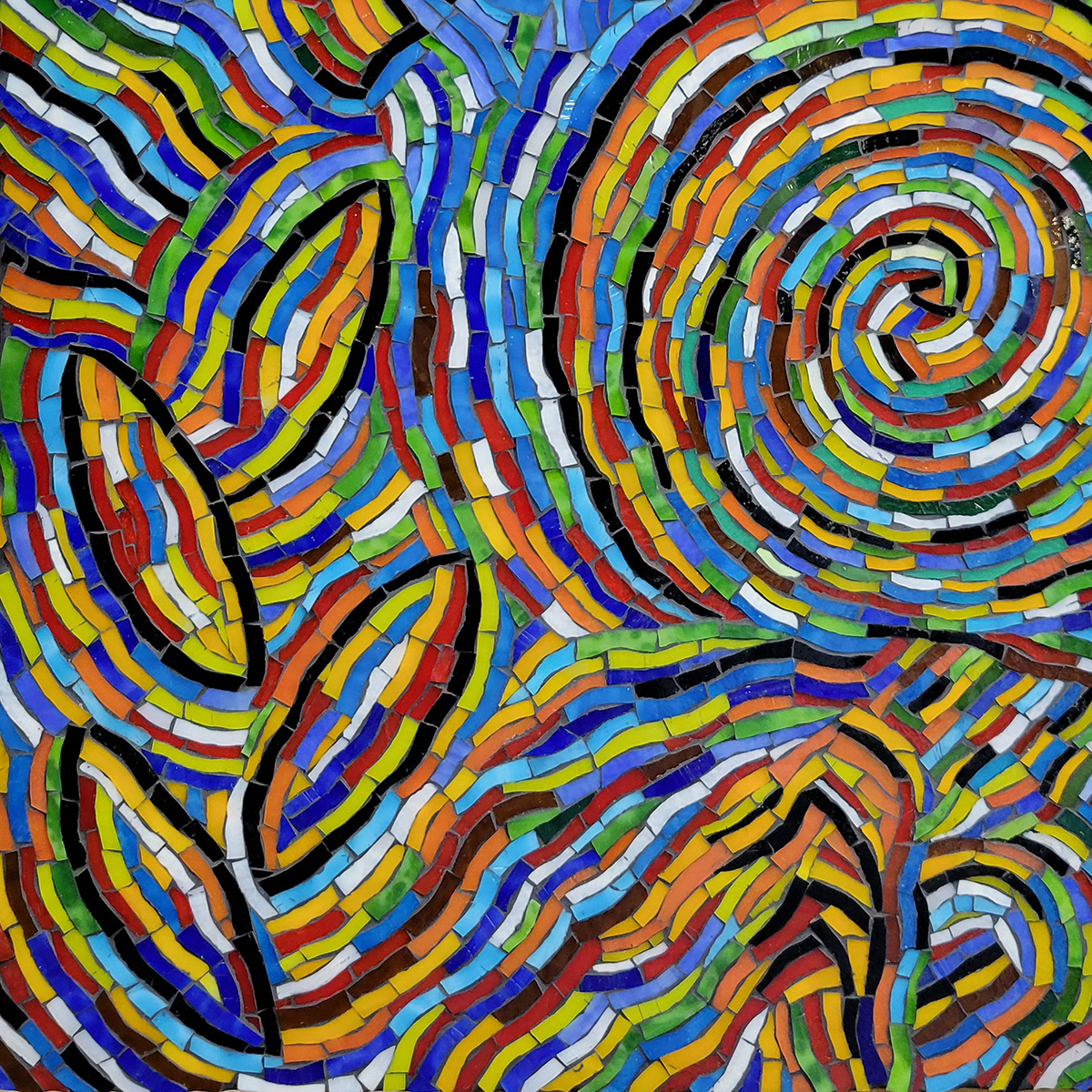
Latin Jazz Abstract Mosaic
I recently completed this abstract mosaic using our American-made stained glass. The title is Latin Jazz, and it is 16 x 16 inches in size and mounted on a plywood backer covered with two plies of fiberglass mesh and PVA adhesive.
-

A Guide to Our American-Made Stained Glass
Our Stained Glass is proudly made in the U.S.A. by Youghiogheny Glass located in western Pennsylvania. In addition to making their own branded line of glass of different types, Youghiogheny Glass also manufacturers the Uroboros and Oceana brands, and they own the rights to other brands of glass that might be produced in the future.…
-
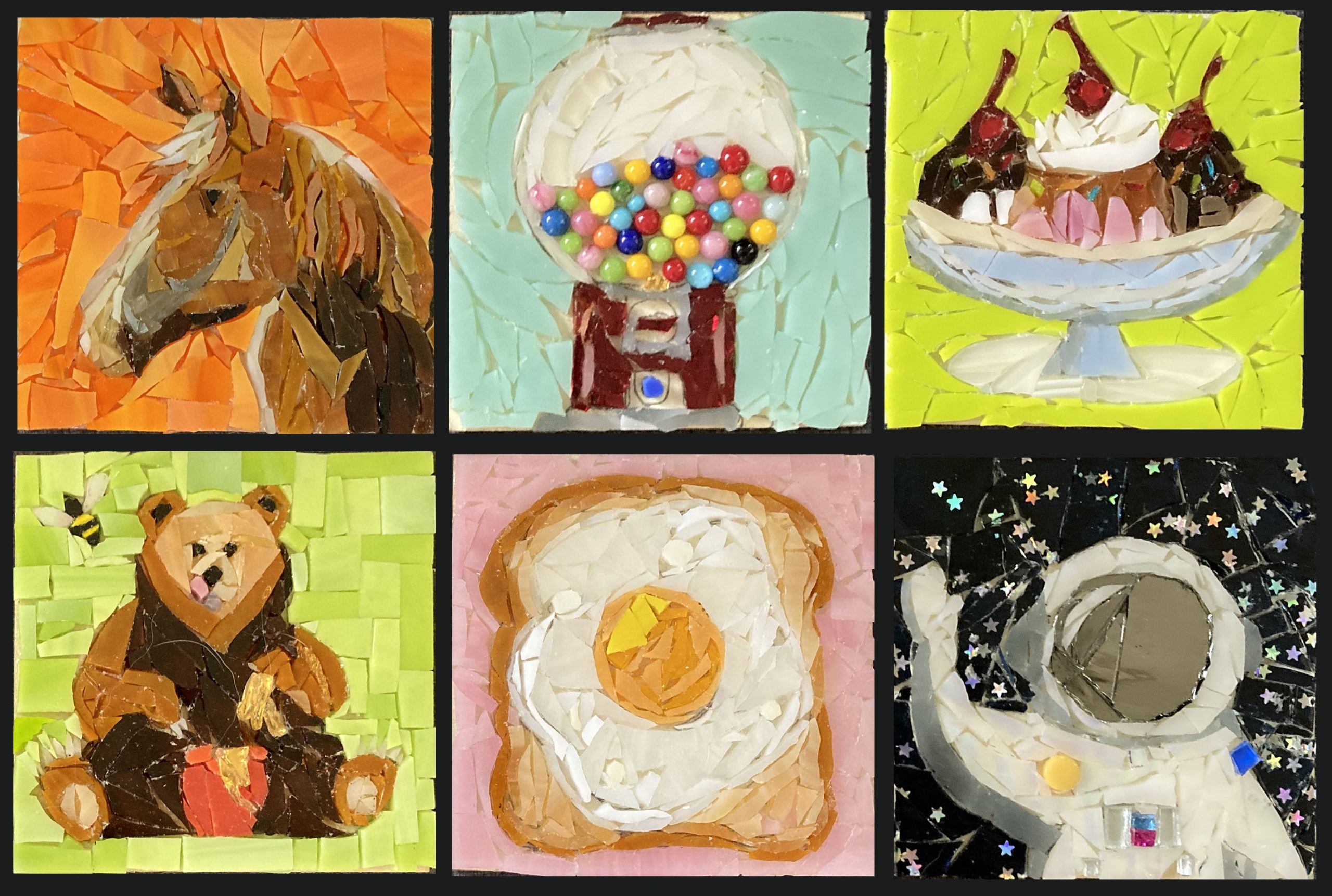
Mosaic Virtuosity: Stained Glass Paintings
Artist Lisa Sunshine’s stained-glass mosaics are tiny 4-inch iconic images intended for use in an illustrated alphabet series. I’m not sure whether these images are Sunshine’s own compositions or if she is using an existing illustrated series as a model, but either way the mosaics are virtuoso stuff. Sunshine’s mosaics are “impressionistic paintings” rendered in…
-
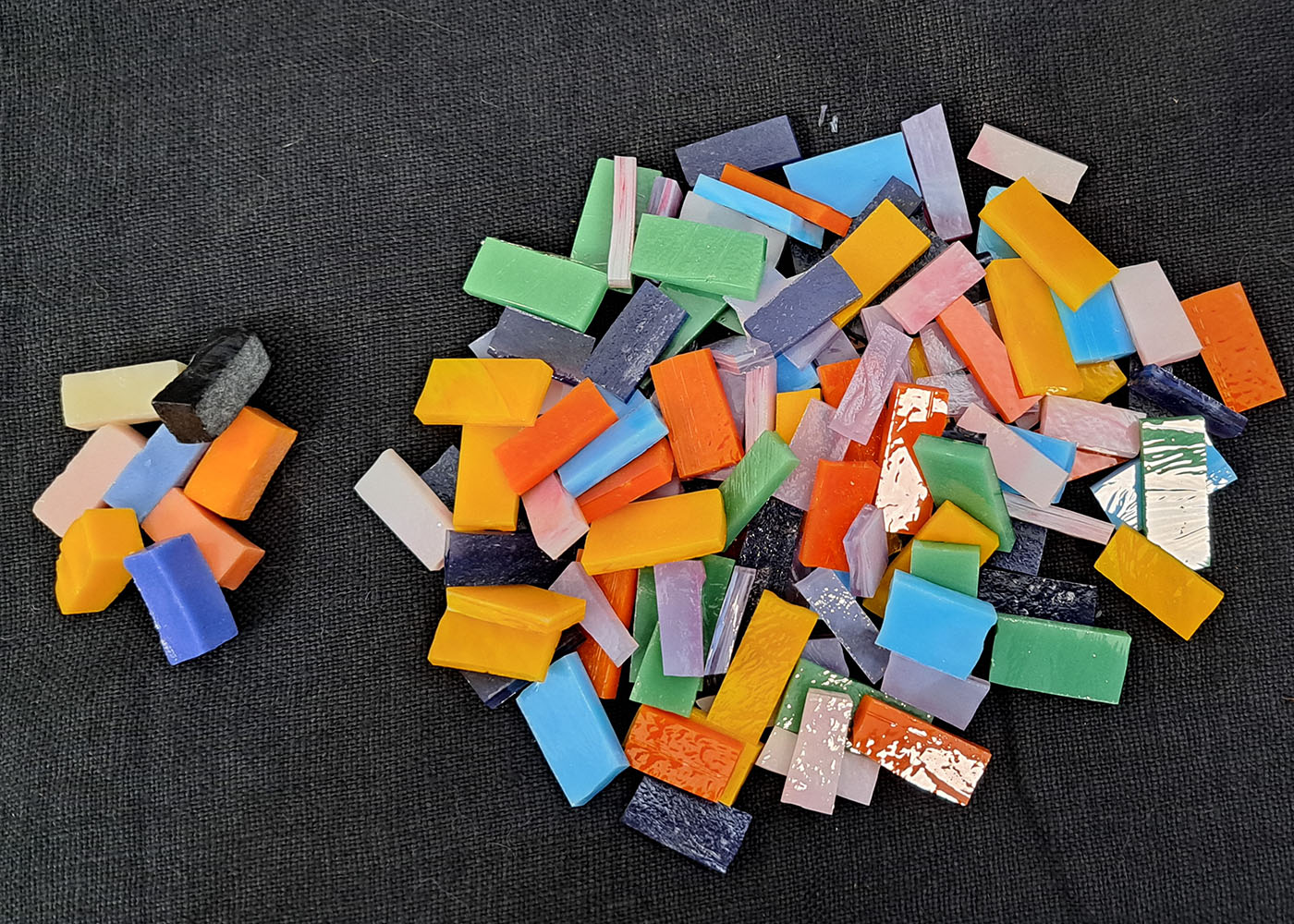
Making Tiles from Stained Glass
We haven’t been able to keep our Smalti stocked very well over the past year because it has quadrupled in cost after the tariffs and freight gouging and the large factory price increase. I have been fretting about that a lot recently, and so Natalija reminded my how much cheaper and easier it is to…
-
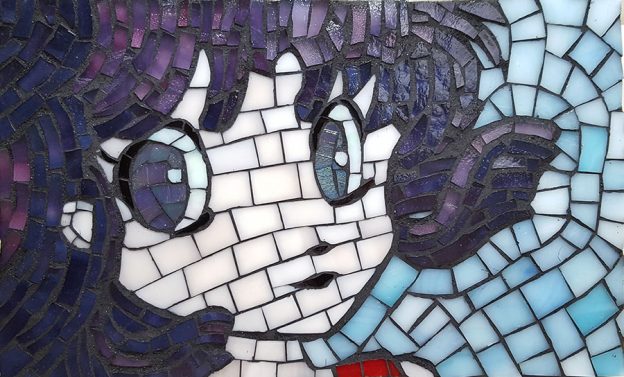
How To Choose Mosaic Background Colors and Patterns
Background colors for mosaics should be chosen based on how well they contrast with the colors used in figures. For this reason, most mosaic artists will tile their figures first and then choose their background colors by a trial-and-error process of placing tiles on the mosaic backer and just seeing how they look. The same approach…
-
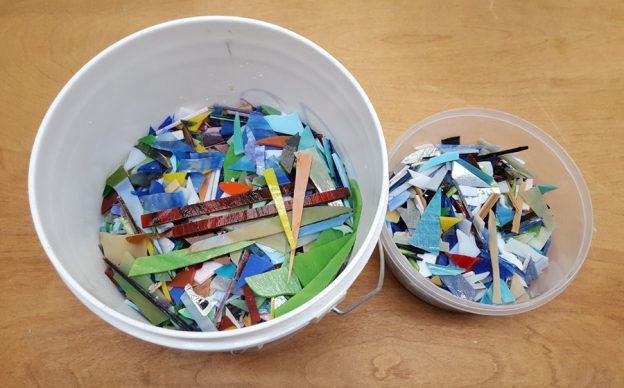
How to Make a Stepping Stone with Scrap Glass
If you work with stained glass over time you can end up with buckets full of scrap. When the pieces start getting too small and irregular, or if there’s just too much of it, you can used them in a stepping stone. This tutorial demonstrates how to make a stepping stone with an abstract pattern.…
-
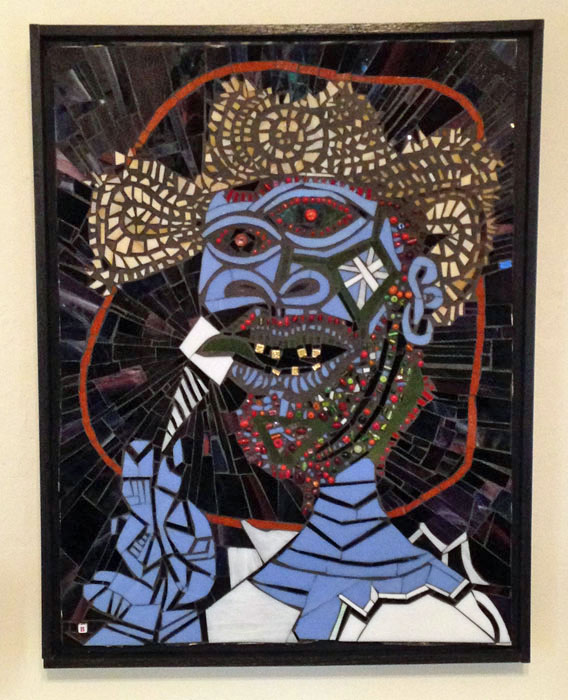
Mosaic Interpretation of Picasso Painting
Brian Kyle’s mosaic interpretation of Picasso’s painting “Man With Ice Cream Cone” is a refreshing departure from the cute themes that seem to dominate contemporary mosaic artwork. Brian calls his mosaic “The Lecher” and says that some people are creeped out by it. I say that makes it real Art (with a capital A) in the sense of…
-
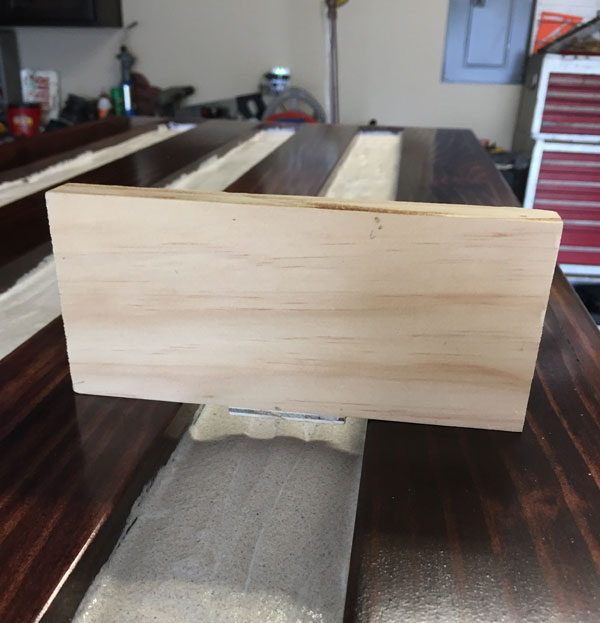
How to Build Up Areas and Fill Holes in Mosaic Backers
For dry indoor mosaics, areas can be built up to support thinner tile next to thicker tile by mixing sand or sawdust to Weldbond adhesive to create a heavy paste. You can also fill holes in mosaic backers using this method. Sand is best for minimizing the contraction that happens as the glue dries, but sawdust…
-
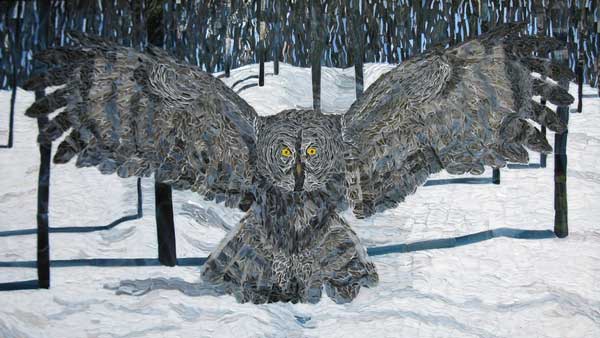
Stained Glass as Mosaic Tile: A Question of Styles
In my article Stained Glass Mosaic Art, I explained how stained glass can be cut up into small pieces and used like conventional tesserae or cut larger and used to define entire elements as is done in a stained glass window. In the window mode of working, one single piece of variegated glass is used to render…
-
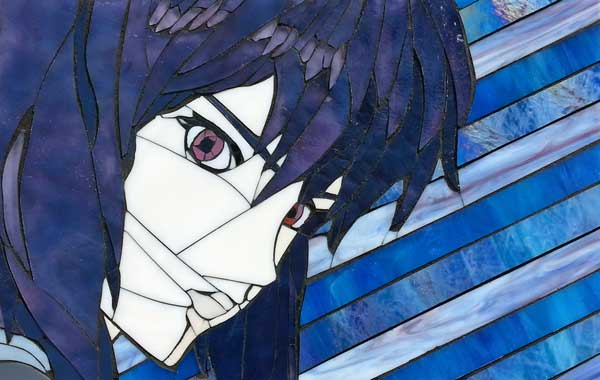
Stained Glass Mosaic Art
Artist and MAS employee Natalija Moss has recently completed a series of mosaics made from stained glass, and they are definitely worth seeing and discussing for several reasons. Natalija’s other artwork and video game plugins can be seen at her Lady Natalya website. “Erza” Stained Glass Mosaic by artist and MAS employee Natalija Moss. Note…
